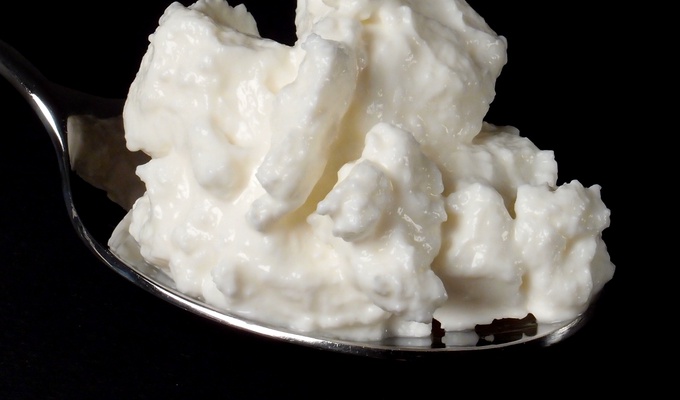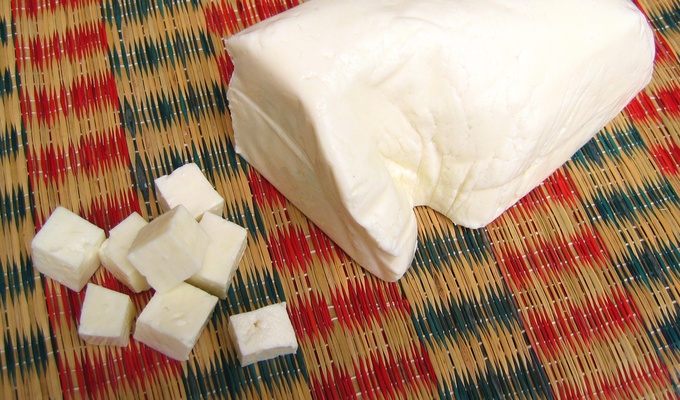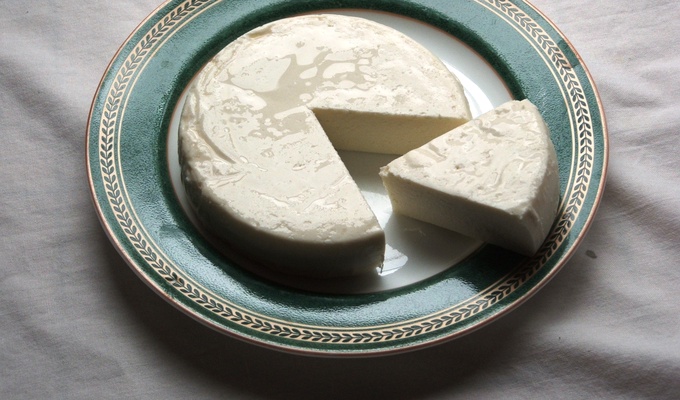Curd cheese refers broadly to fresh cheeses made by the coagulation of milk proteins (casein) through the action of rennet, acidification, or a combination of both, followed by draining the resulting curds of much of their whey.
Traditionally, curd cheeses were produced to extend the shelf life of surplus milk, especially in temperate regions where fermentation and slight acidification could occur naturally. Production practices vary: in some methods, acid alone (typically from lactic acid bacteria) is sufficient to form curds, while in others, a small amount of rennet accelerates coagulation. The cheeses are typically unripened, mildly flavored, and perishable, requiring either immediate consumption or secondary preservation steps such as salting or drying.
Today, curd cheeses are common across much of Europe, the Middle East, South Asia, and parts of the Americas. They are central to a variety of culinary traditions, including the preparation of filled pastries, dumplings, spreads, and desserts.
Examples include tvorog in Russia, quark in Germany and Eastern Europe, paneer in India, queso fresco in Latin America, and farmer’s cheese in North America. Although sometimes industrially standardized, many curd cheeses are still produced according to regional practices that differ in milk source (cow, goat, sheep), fat content, drainage time, and degree of pressing. Their mild flavor and adaptable texture make them useful in both savory and sweet preparations, and in some regions, they are consumed fresh with minimal seasoning, while in others they are incorporated into complex cooked dishes.



